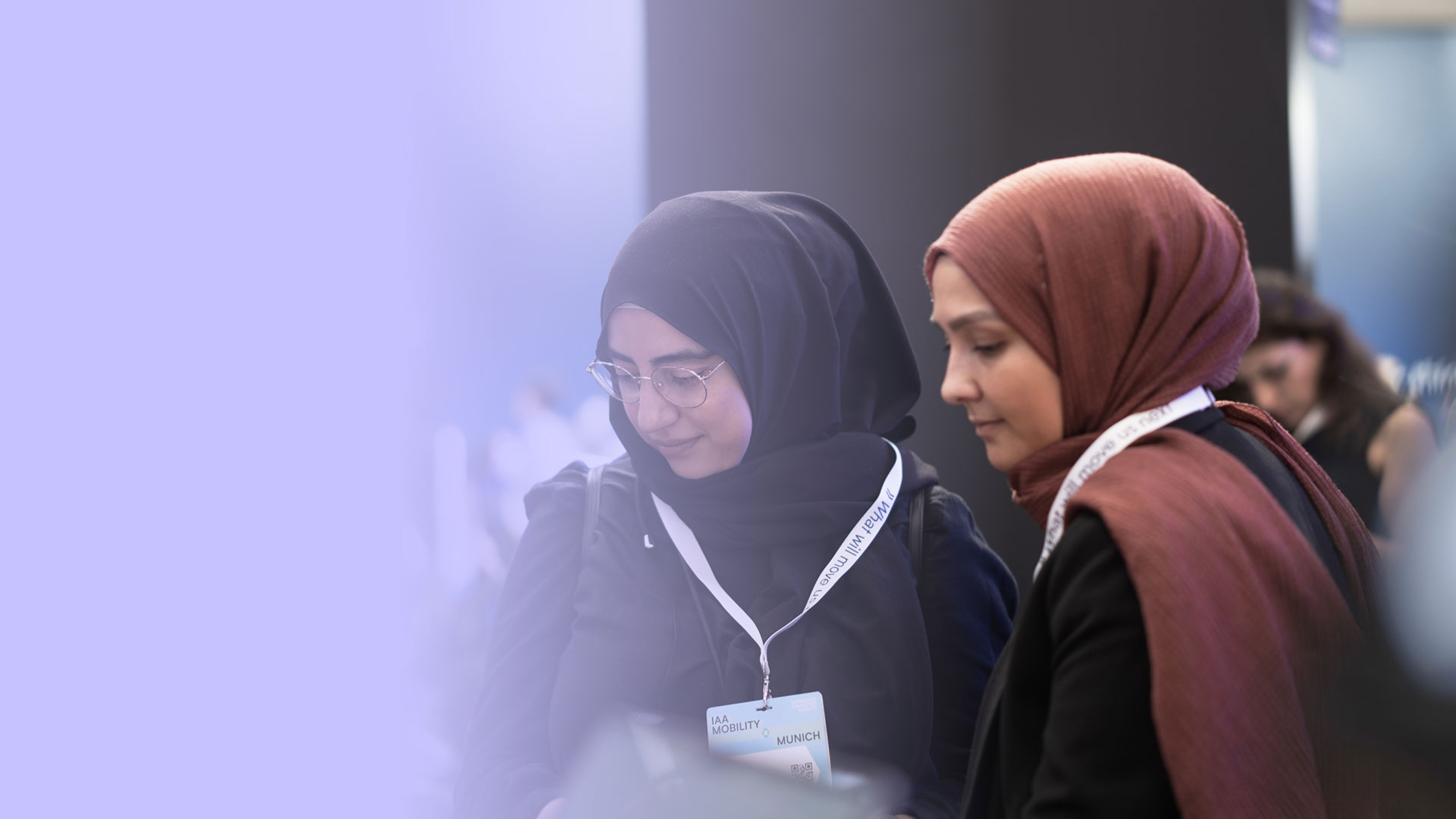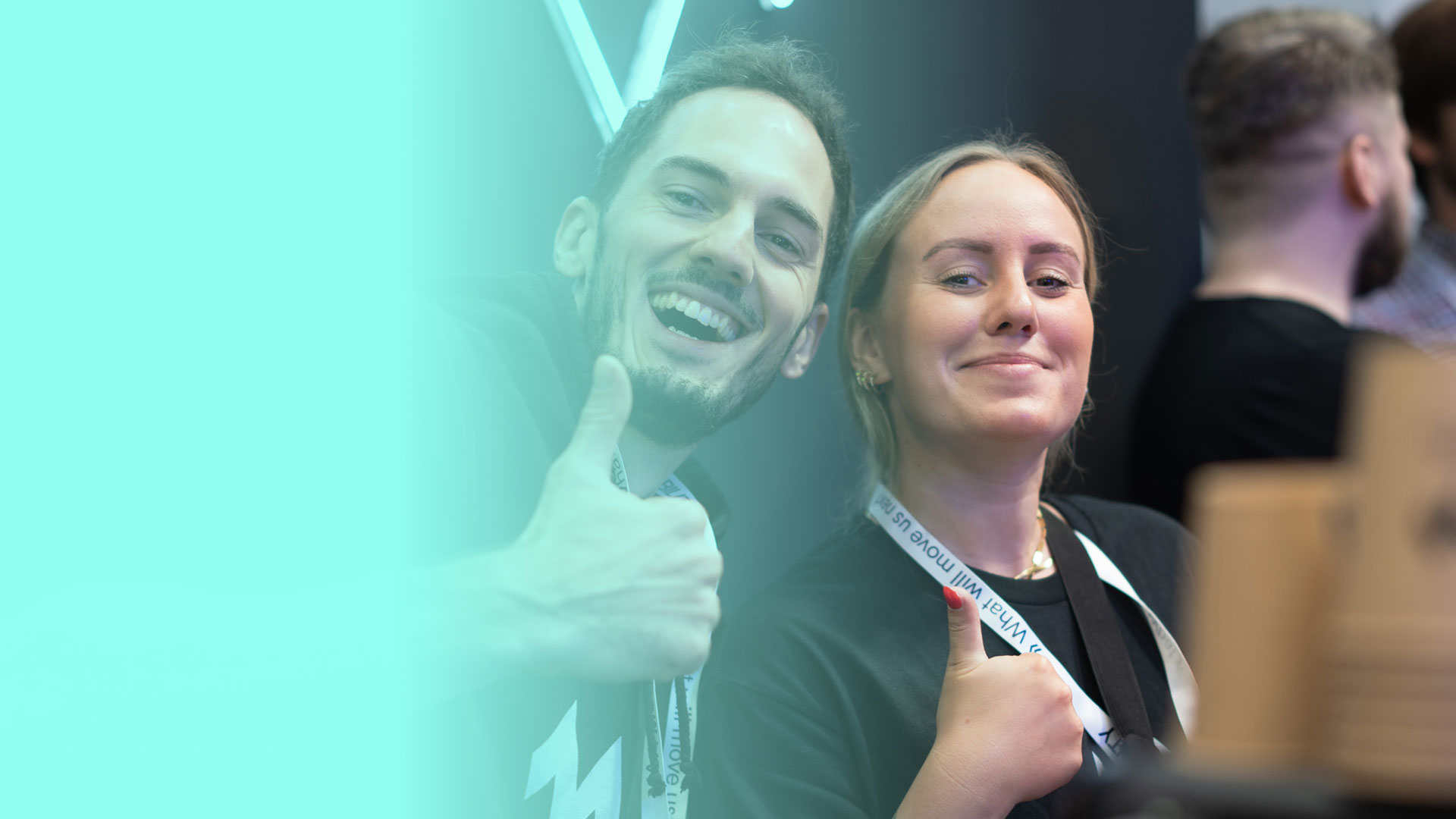Valtech Mobility thrives on the diversity of talents, perspectives and individuals – but if we take a closer look, we can still improve in many ways.
The term “diversity and inclusion” encompasses gender, ethnicity, age, sexual orientation, religion, physical/mental disability or socio-economic background.
Inclusive culture respects each of these facets and provides a safe space for all to be heard. That’s where we want to go. Even if it means leaving our comfort zone from time to time.


